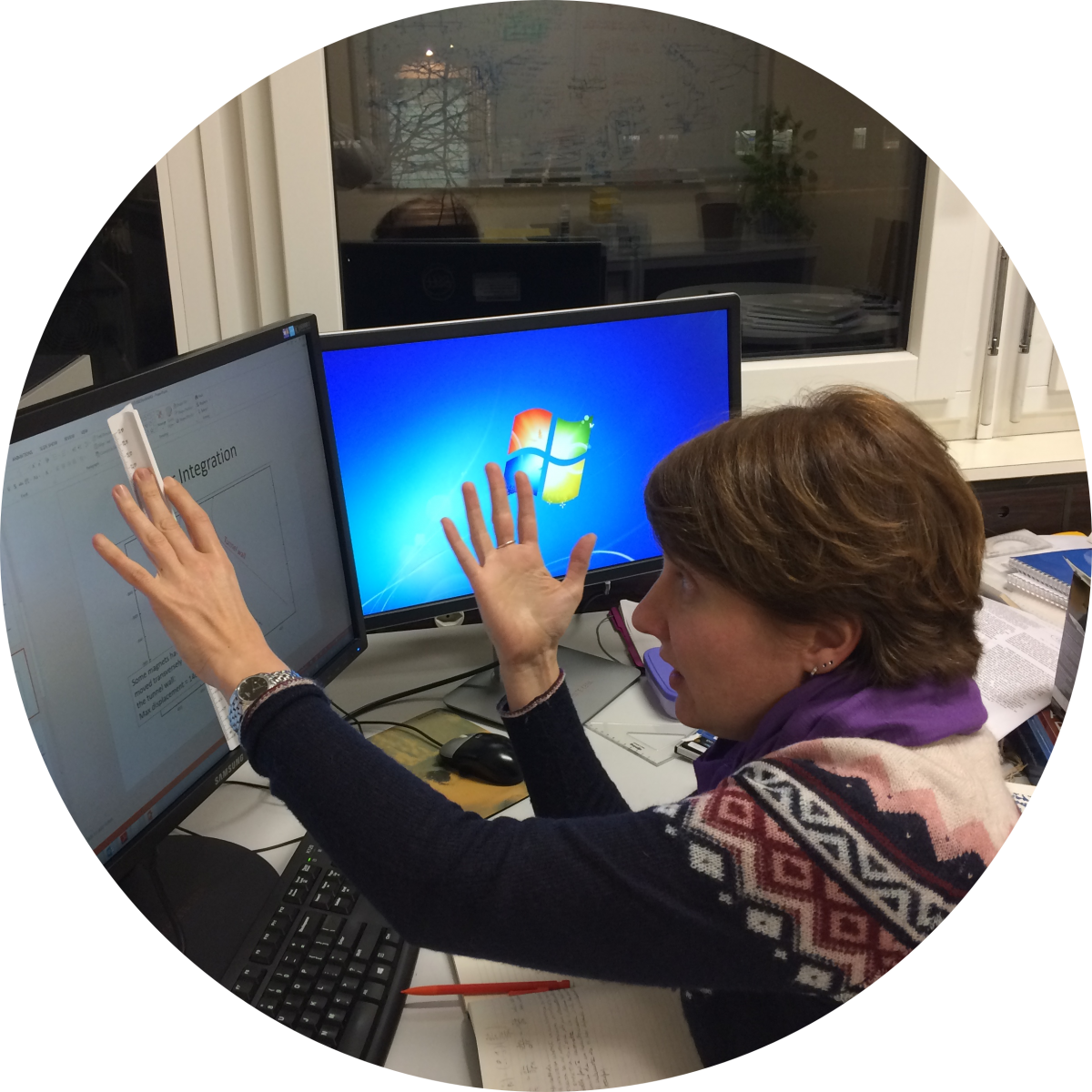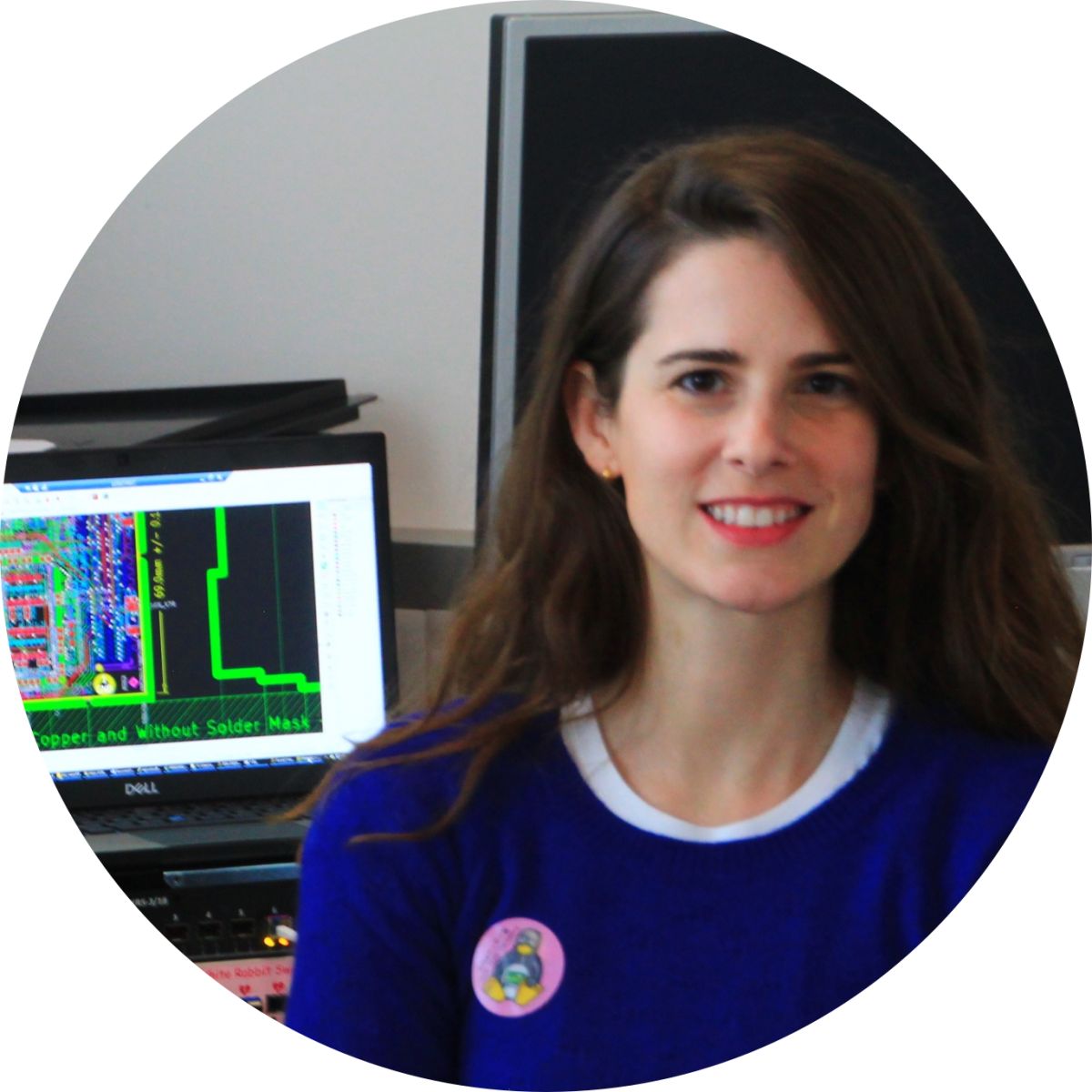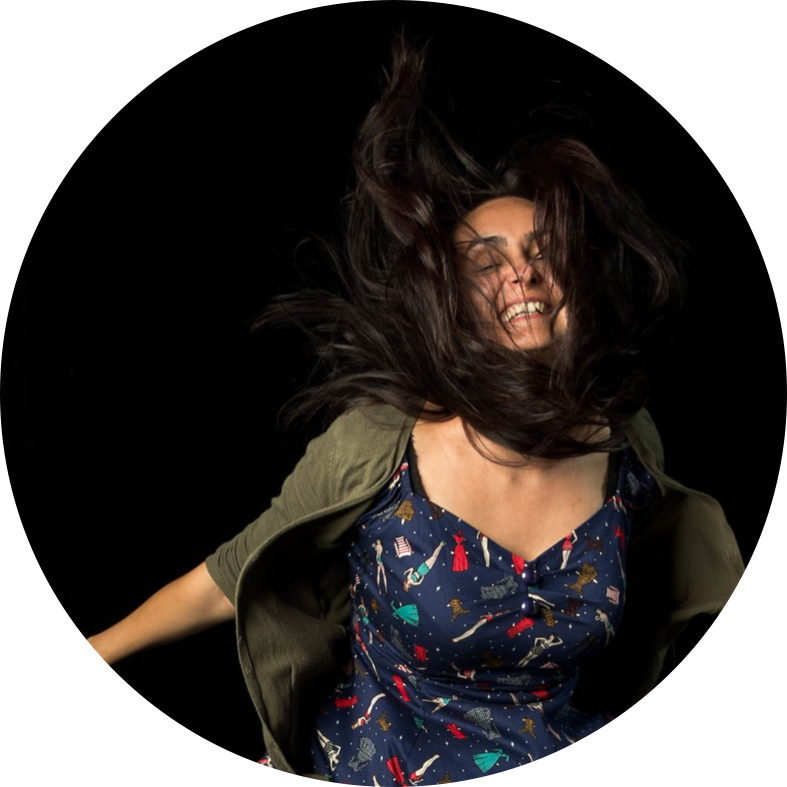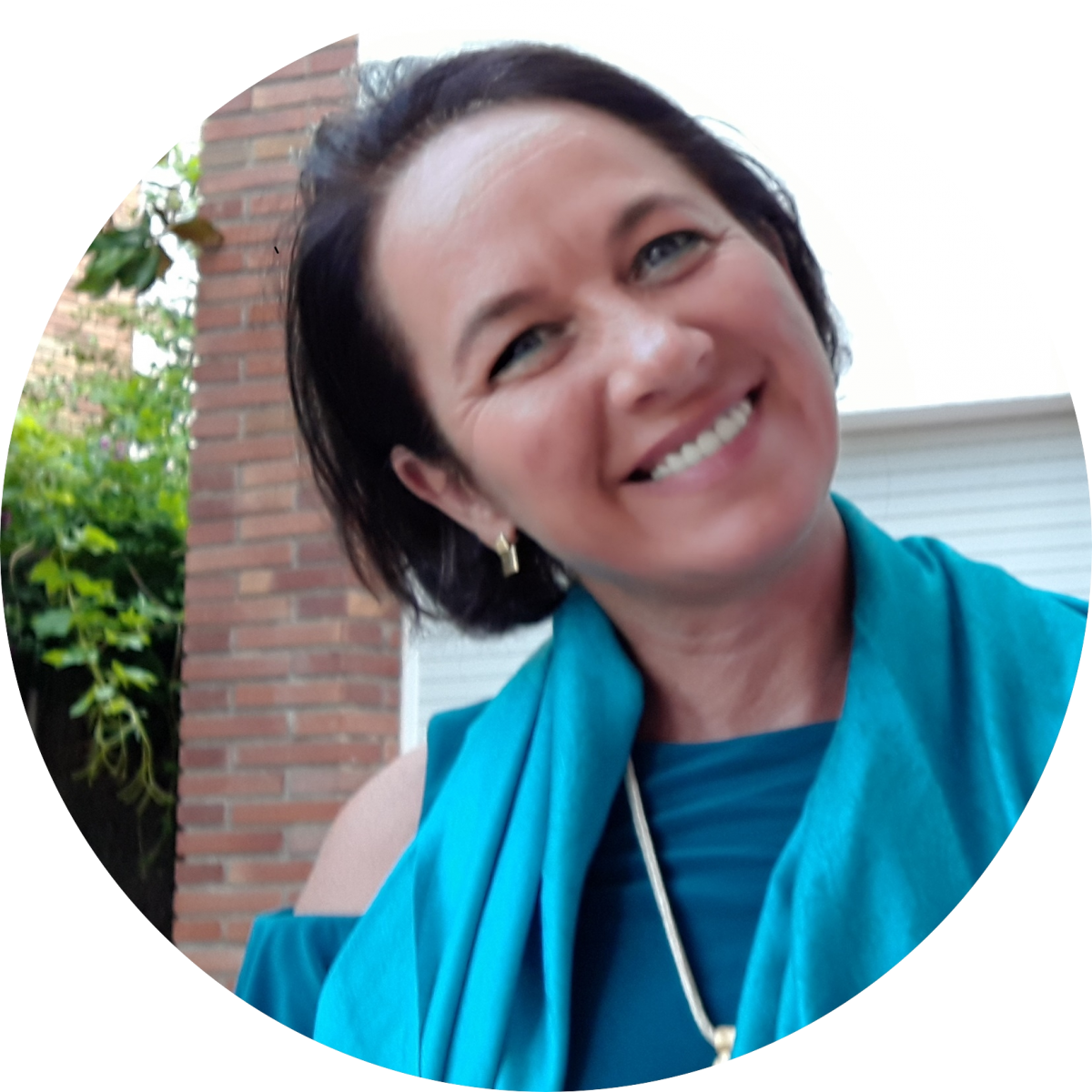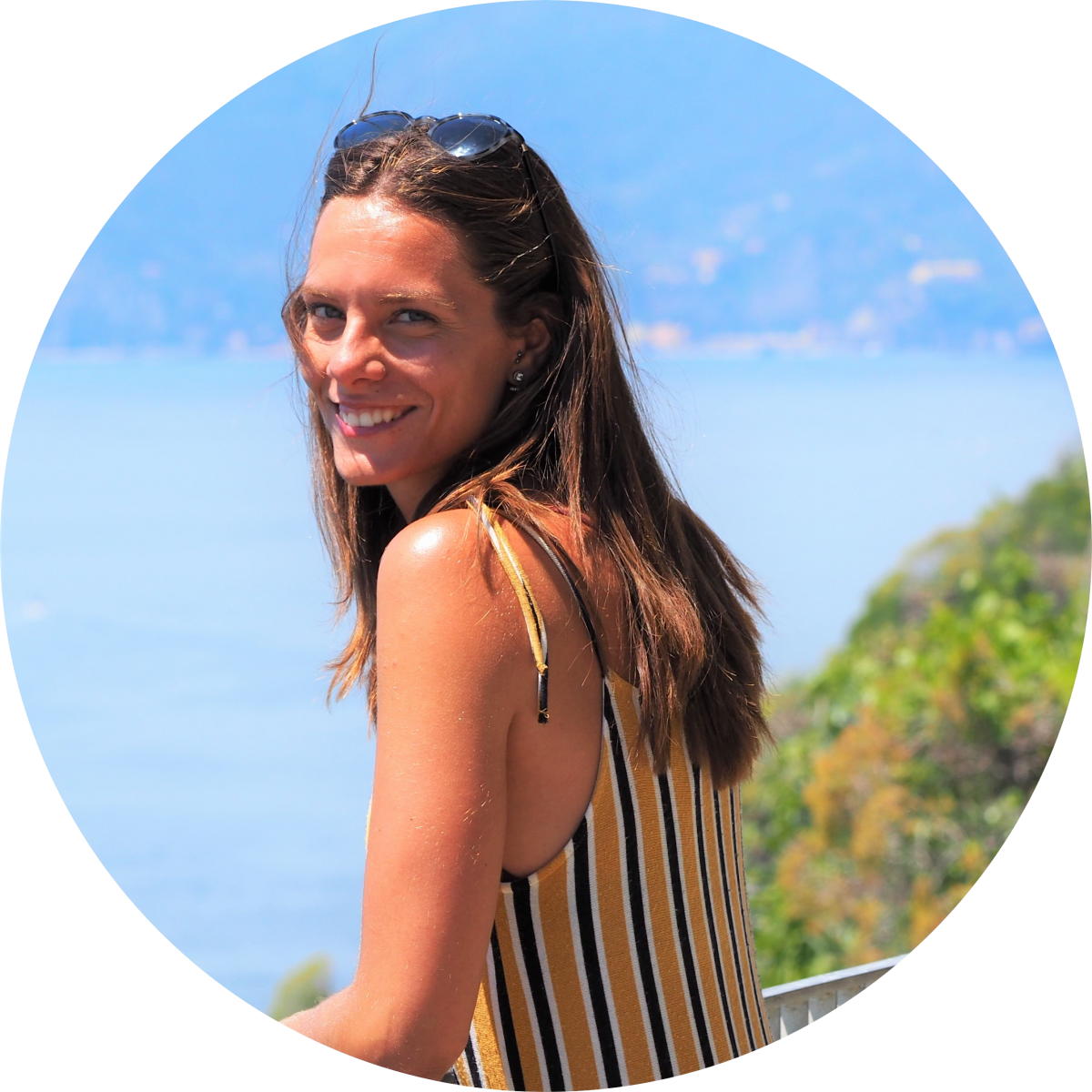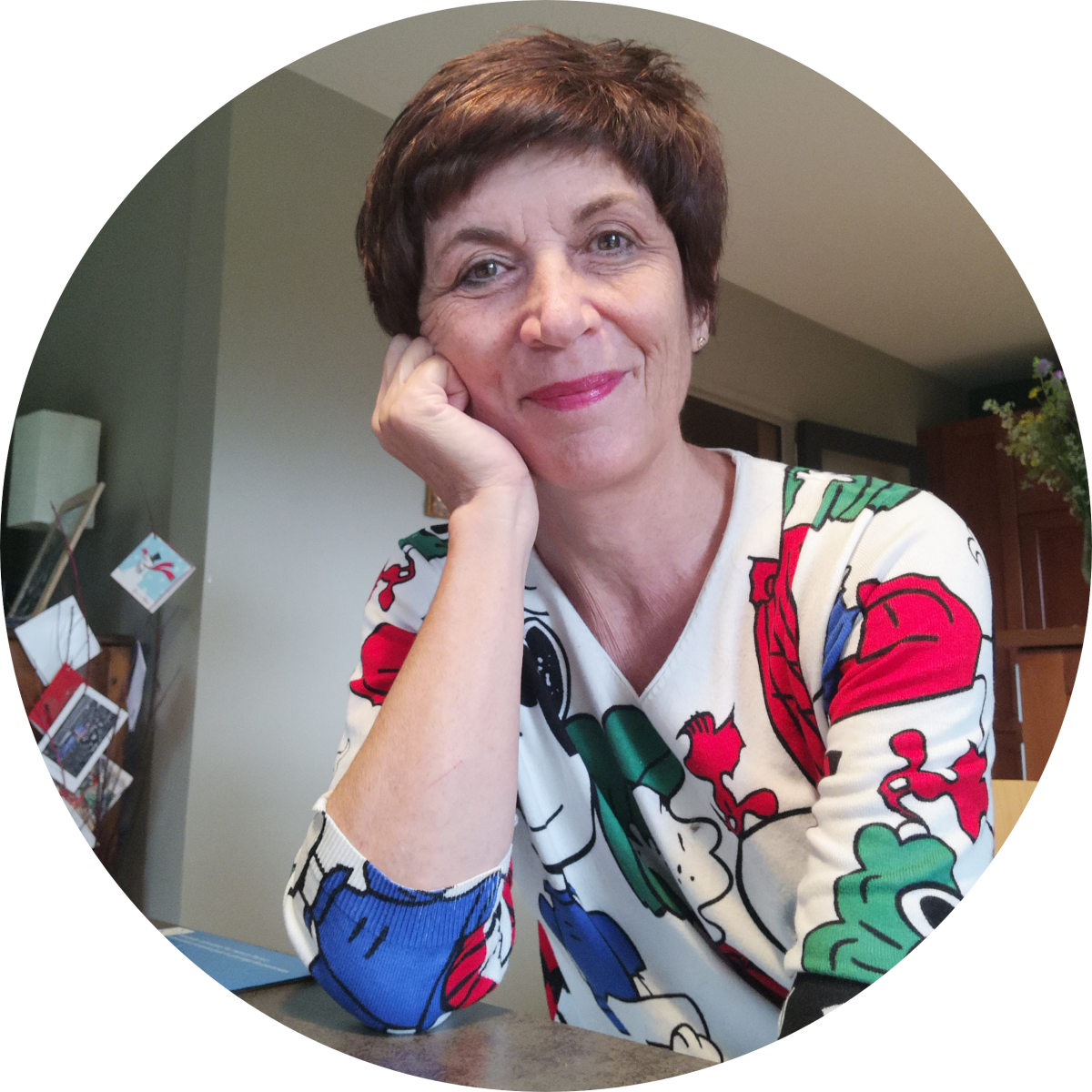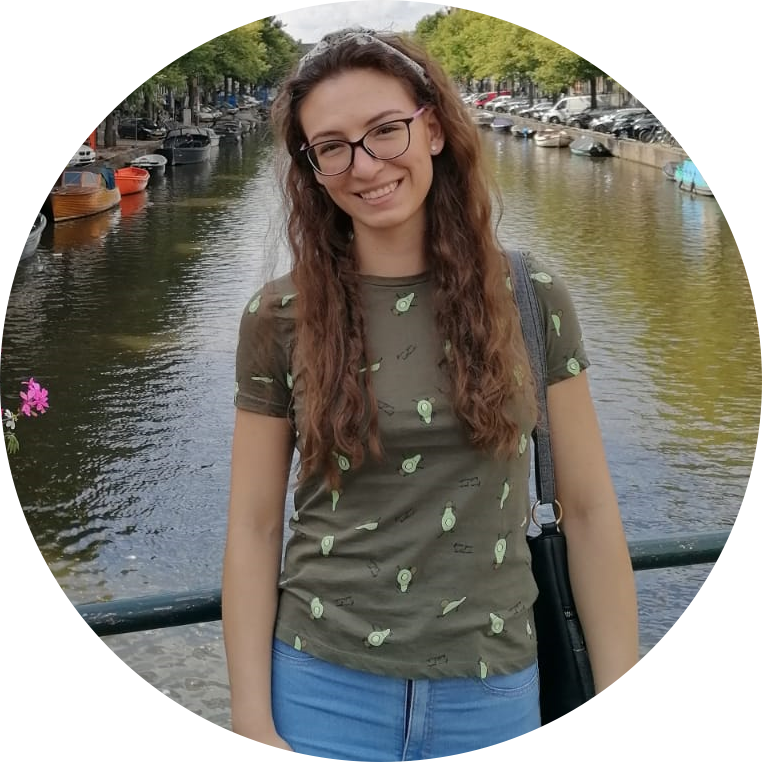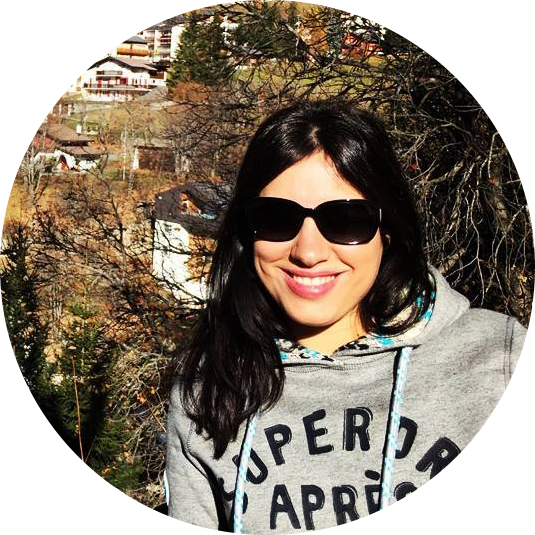Being a physicist in the 21st century is not bad at all. Especially if you work at CERN. This is the case with Chiara, who became a CERNie 15 years ago.
She is delighted with the place and time she is in, but, if it were possible, she would be interested in spending some time in the past when everything was still undiscovered. Also because at that time a physicist was involved in a whole experiment, learning from A to Z about a project, not just being a small part of it, and working glued to a computer.
Chiara, who was born in Biella, a small village in northern Italy, studied physics at the Università degli Studi di Milano. After her master’s thesis on applied superconductivity, she landed at CERN to do her PhD, which completely changed her career path: from superconductivity to accelerator physics.
Her first five years as a CERNie were in the collimation team. Then she moved to the accelerator beam transfer group, where she is still now. She is also responsible for WP14 of the HL-LHC project, but project management is not her favorite piece of work.
What Chiara really likes is the study part, the supervision and the collaboration. She enjoys working with the different engineers and other physicists. “Essentially, I like what I can learn from, and I do it in exchanges with my colleagues and also with my students”.
For Chiara, beauty is connected to nature. “Nature in general and, especially, everything that is enormous, such as mountains, icebergs, oceans…”. And nature is linked to her dreams as she would love to be a National Geographic photographer. To spend her time in the middle of nowhere, trying to take the best picture of an animal doing something special, unexpected.
In her novel, La strada che va in città, the Italian writer and activist, Natalia Ginzburg, wrote that “memory is loving and is never casual. It is rooted in our own lives and that is why its choice is never casual, but always passionate and imperative”. Chiara agrees partially because she still has hope that we have something completely random in our lives.
“I like to think that we have a little bit of serendipity that is taking us somewhere that is not yet defined”. Because there are still many places waiting to be discovered. And many questions looking forward to having an answer.
Because, after all, it is not so bad to be a physicist these days.
